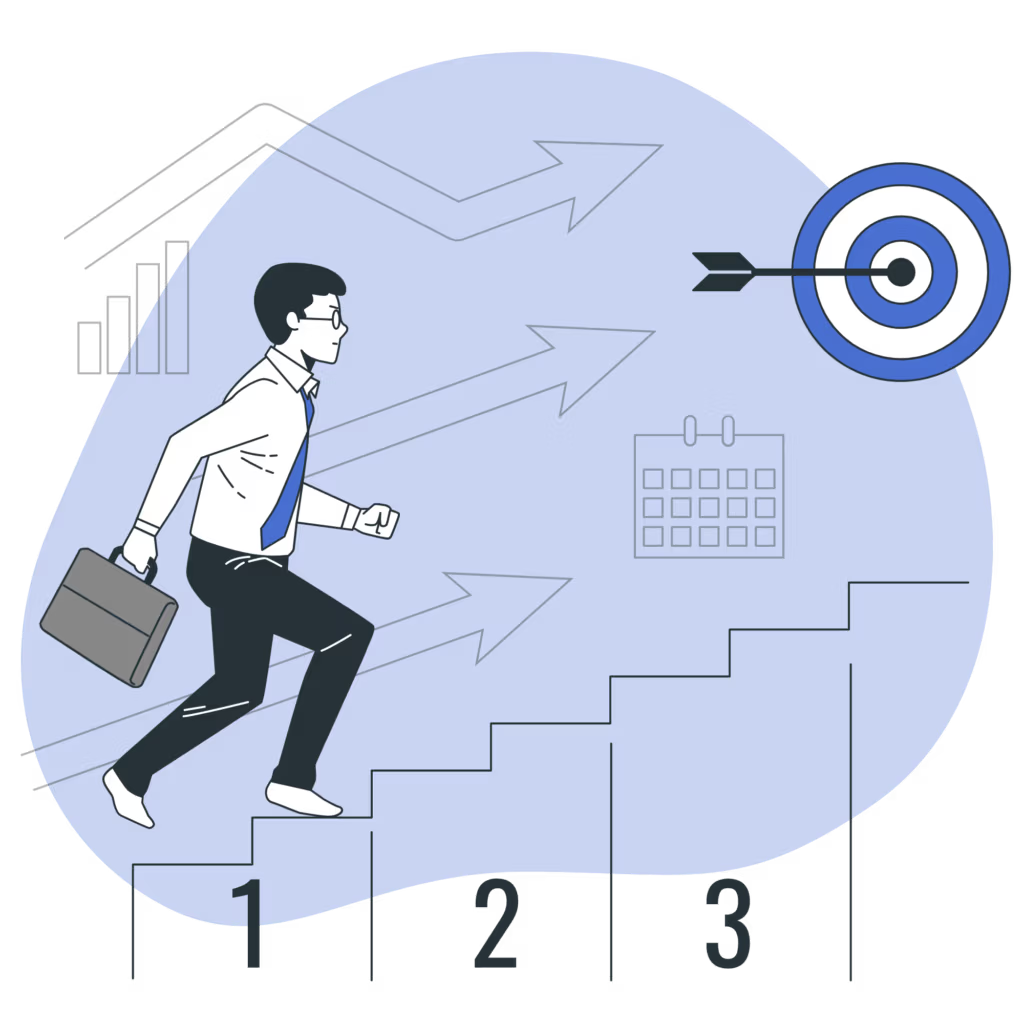
Business Process Management and corporate governance
Business Process Management and corporate governance Linkedin Youtube Facebook Instagram A company is a group of people with a common
According to the vision of many experts, sociologists, business entrepreneurs, philosophers, political scientists, the world in which we are going to live in a few years will be completely different from the one that existed when the 21st century began. The reason is that the transformations in all spheres of human life will be so radical that we will no longer be able to recognize the same practices we had before. This, instead of being something negative or frightening, is great news for entrepreneurs because it implies the possibility to innovate and grow. In businesses this means adapting the business model to new needs.
Let’s first try to understand the change we are living through:
With rising global prosperity and half the world soon entering the consumption economy, markets are burgeoning in places beyond the rich, industrialized nations. It is in this environment that the role of the corporation, in society and in the global economy, is changing — bringing new challenges for the CEO. This is especially true for large marketshaping companies that seek to capitalize on innovations that are altering the face of global capitalism. (mckinsey.coms)
To this, of course, must be added the role that technology plays in today’s business world. No company can do business anymore without the use of basic tools for virtual and digital communication. The most advanced among entrepreneurs are making the transition to a form of business entirely based on information technology, which is known as digital transformation.
Thanks to this, organizations will have a completely virtual way of operating, and their speed and needs will also change. However, this change involves much more than simply introducing new solutions to the company’s operations. In order to have a digital transformation that makes the organization grow, it is necessary to adapt the entire way in which the business is thought. In other words, the business model must be adapted to digital technology.

Business model is the name given to the set of actions, steps, structures, ideals, which give a particular shape to a business activity. According to a very complete definition of the term, coined by Alex Osterwalder, theorist and researcher of business behavior, the business model is:
An organized way to lay out your assumptions about not only the key resources and key activities of your value chain, but also your value proposition, customer relationships, channels, customer segments, cost structures, and revenue streams — to see if you’ve missed anything important and to compare your model to others. (hbr.org)
So, it gives a company its particular way of existing and functioning, and differentiates it from others, to give it the added value that makes its customers prefer it. Moving from a traditional to a digital operation, then, requires a change in this way of organizing all the key parts of the organization. This implies a change in the mentality of the managers, but, perhaps more importantly, that of the workers who perform their daily tasks to make the business work.
All this reflection includes different variables that must be considered if a harmonious change that leads the company to meet its goals is to be achieved:
Companies are rethinking how they approach workforce planning and skills development when workforce needs are changing rapidly. New business models mean that old approaches to benefits no longer meet the needs of workers or businesses. Domestic procurement, and the needs of workers in those supply chains, are also undergoing fundamental changes. Working conditions have received less attention in this context than they have in global supply chains. In addition, the role of business in engaging in complex policy dialogues on this crucial topic is not clear. (bsr.org)
For all these reasons, one of the most advisable ways to gradually adapt the business model to the new market needs is to use a process automation solution. With this, firstly, the process modeler function can be used to have a clear picture of all the actions required by the company. Secondly, the actions start to be linked through IT in a gradual way. Finally, workers adapt to the use of technological tools to support their activity.
Automation is then the basis for transforming the business model as we realize what our real needs are in the company. It is a tool that includes managers, workers and partners in its operation, as it integrates all activities in a single workflow. With our Dexon Business Process Management solution, we have discovered that businesses can enter the new century with a triumphant step, by adapting their model quickly and safely to the needs posed by new technology and the digital economy.

Business Process Management and corporate governance Linkedin Youtube Facebook Instagram A company is a group of people with a common

Linkedin Youtube Facebook Instagram The BPM methodology seeks to use information technology to automate as many activities in an organization

How BPM aligns with the organization’s strategy Linkedin Youtube Facebook Instagram An organization is a group of people, resources, techniques,

Artificial intelligence for business optimization Linkedin Youtube Facebook Instagram Perhaps the technological trend that is currently the strongest and the